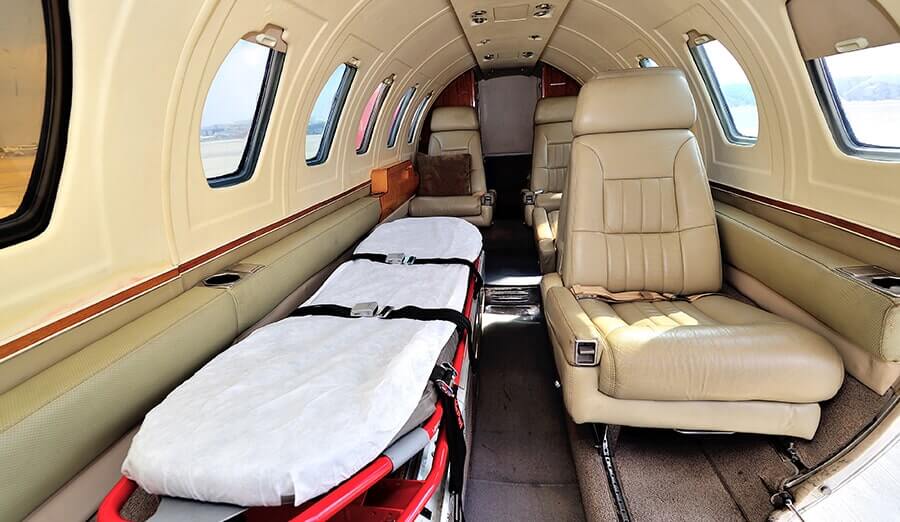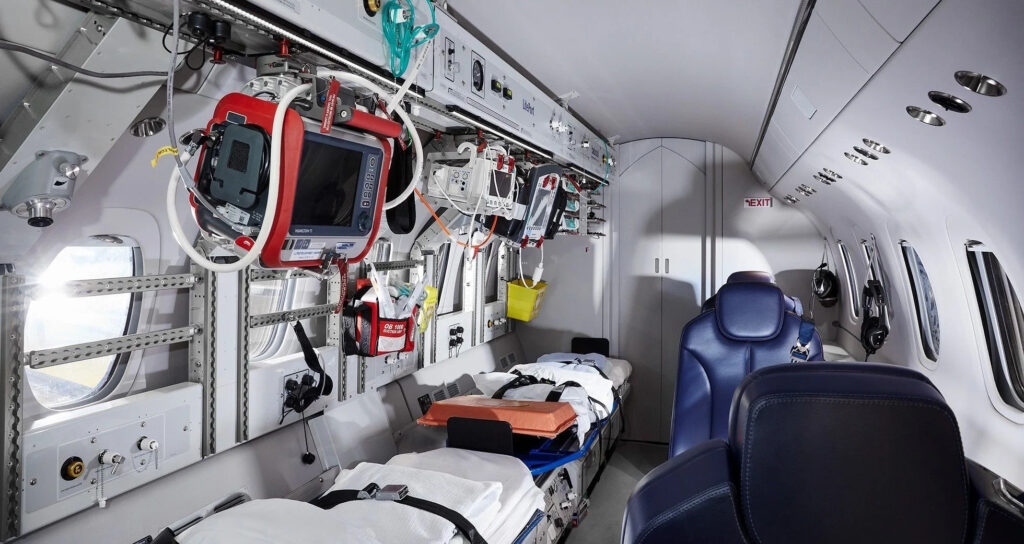It’s very normal to go through this type of question all the time: What exactly is medical evacuation? What does medevac stand for? Or what the Medevaced meaning is? And how does it work, and why or when do I need this coverage? Let’s see answers to all these questions and hopefully, through our assistance, you will understand this technical terminology, and why would people care about this life-saving benefit?
So, what exactly is medical evacuation (also abbreviated as “med evac” or “medivac”)? Or what is a medevac? It’s a medical emergency where a patient needs to get a transfer from one hospital to another. Even before you stub your toe and just desire to get home, medical evacuation is not a solution. When you require continuing, nursing treatment for a major sickness, accident, or other health condition, it’s assistance to transfer patients to a better hospital or your preferable hospital back home. Hopefully, It’s clear to you what the medevac definition is?
We occasionally travel to fantastic off-the-beaten-path locations where medical treatment isn’t always perfect, such as a lack of appropriate medical specialists for your illness, limited equipment, or poor quality of care. When this happens, medical evacuation transports you from an insufficient facility to a hospital that is best equipped to provide you with the best possible treatment.
Are you still wondering What is medevac? A medical flight is a flight taken by an ill or injured person who needs medical attention while traveling to or from a medical institution. Medical experts on board such kinds of airlines are built with the latest moveable medicine and technology to diagnose and seek medical treatment during the voyage.

Are you wondering How fast a medevac flight can be arranged?
MedEvac flights may be scheduled fast, and because they are private jet aircraft, they can frequently fly immediately to the target with minimum delays. Refueling stops may be necessary if the journey is exceptionally lengthy. Call an Air Ambulance provider at any moment you feel like you require assistance even if you require an immediate Medical evacuation, and the medical flight coordinators will be happy to assist you 24 hours a day, 7 days a week.
Why would a patient or person need a Medevac flight?
When a patient needs to be relocated to a new place for medical reasons, there are often two options for transportation. The first would be terrestrial paramedic conveyance, which typically entails the patients being driven to their destination by a paramedic or even another vehicle. While this strategy is normally favored in some instances, it might take hours for the patient to get to his or her destination and obtain the urgent treatment that he or she requires.
Medevac flights are quicker, more dependable, and more efficient in general, particularly over longer distances. Under certain circumstances, this is critical, since quick conveyance might mean the difference between life and death. Furthermore, when an accident happens in a distant region, such as the mountains, the ground transfer is simply not an option, and only a medevac flight can get the essential medical care to the patient promptly. In the event of a high-altitude skydiving accident, the only option to transport the victim out would have been through a helicopter.
Medical evacuation flights, on the other hand, can be employed in less emergency circumstances, including when an older person needs crucial hospital attention which is only accessible in some other country or region. Hopefully, you got a clearer picture of when is the air ambulance team used for evacuation?

How much does a medevac flight cost?
The price of a medical evacuation aircraft varies based on several criteria. Larger airplanes, for illustration, are much more costly to operate than smaller ones, and the cost of conducting a medevac trip increases as the distance traveled increases. Medical helicopter missions occur frequently in challenging circumstances, such as those in isolated locations or miserable weather, which can greatly increase their cost.
Several variables that influence the expense of a medevac service usually involve:
- The certain unexpected surface paramedic transportation that may be required;
- The number of patients who must be conveyed, as well as those who precede them;
- Destinations of departure and arrival;
- The aircraft or chopper that is necessary;
- The number of healthcare practitioners who must be on board;
- Payroll taxes for landings at the airport are possible.
In most cases, your insurance coverage will reimburse (half of) the expense of an emergency ambulance so you did not have to pay the entire expense of the medical evacuation flight. However, because this differs from case to case, it’s advisable to contact your insurance as quickly as possible when planning your air medical evacuation.
How fast can a medevac flight be arranged?
Medical transport aircraft may be arranged in a matter of minutes, particularly when dealing with nothing but an extreme emergency. This implies that medevac helicopters can usually be dispatched within milliseconds of receiving the request. Because fixed-wing medevac flights are frequently international or to/from a larger airport, they take longer to arrange and manage. When organized in a real, time-sensitive emergency, even these planes can generally be in the air within 30 minutes. In most parts of the globe, specialized air ambulances with medical staff are on standby 24 hours a day, 7 days a week to react to emergency calls as promptly as possible.
The importance of medevac flights during COVID-19:
Giving medical evacuation flights to people who are truly in need of this service as it became a way the aviation sector provided enormous value during the COVID-19 epidemic. Patients could be taken home to their relatives in this manner, relieving strain on hospitals that were already overburdened with patients. Because some illnesses, such as COVID, are very contagious, medevac planes can also be outfitted with isolation chambers. This enables medical personnel to give outstanding treatment in a secure setting throughout a patient’s transit.






